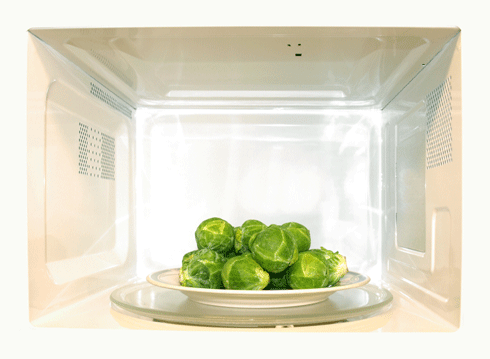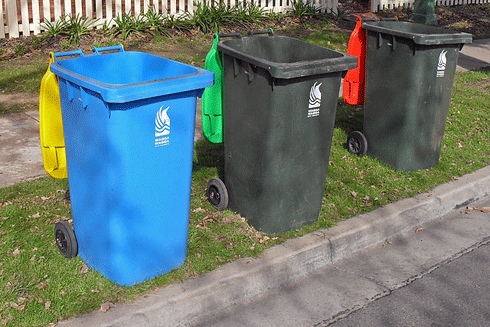
|
Published: 17 January 2013
Microwaves to deliver chemical-free weed control?
The technology that heats the common kitchen microwave oven has been adapted to deliver a chemical-free solution to Australia’s weed problems.

|
|
New recipe for greens: a standard 600-watt kitchen microwave was used in initial tests, used to develop a working prototype. Credit:
Claudio Divizia/istockphoto
|
Dr Graham Brodie, of the University of Melbourne, has developed a fully operational prototype machine that can successfully focus microwave energy at ground level, killing weeds within seconds.
‘Herbicide resistance and environmental concerns already limit the chemical options available for weed management,’ Dr Brodie said.
‘In looking for alternative weed treatments, we have found that microwave treatment is immediate, chemical-free and leaves no residue at the treatment site.’
Weeds are one of the major threats to Australia’s primary production and to the natural environment. It has been estimated that weeds cost Australian agriculture more than $4 billion dollars each year, including control costs and lost production.
Dr Brodie’s research was conducted as part of the Australian Government’s National Weeds Research and Productivity Program, administered by the Rural Industries Research and Development Corporation (RIRDC).
Interest in the effect of microwaves on plant health dates back to the 1920s, but it was not until recently that studies shifted away from attempting to treat seeds in the soil and instead targeting plant seedlings.
The concentration of microwave energy collapses the structures within the weeds that carry water through their stems. Depending on the amount of energy applied, irreversible wilting and subsequent death occurs within just seconds of the microwave exposure.
Dr Brodie’s research initially tested a 600-watt kitchen microwave, before developing the 8-kilowatt field unit that has been tested in the paddocks at the university’s Dookie campus.
A series of four microwave horn antennae, each just 11 cm wide and transmitting 2 kW of microwave energy, were fitted to a trailer to focus their transmission solely onto the weeds in the inter-row space of agricultural field crops.
Dr Brodie said that in a broadscale agricultural operation, numerous antennae could be mounted on a tractor trailer at intervals in line with whatever crop was being treated.
Treatment could take place regardless of the weather conditions, would successfully kill herbicide resistant species, and would not limit production schedules with withholding periods at the site once treatment is completed, he said.
‘There is potential to develop an industrial 15 kW unit which could operate in broadacre situations at near the speed of current chemical spray applicators, with each weed requiring less than a second of exposure to the microwave transmission,’ Dr Brodie said.
‘Microwave weed management has the potential to be applied throughout Australia to manage weeds not just in agricultural enterprises, but on public land, sporting facilities and in landscape gardening.
‘A smaller 1-2kW unit could also be designed for use by householders if the market supported the concept.’
Source: RIRDC





